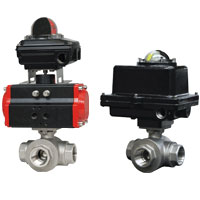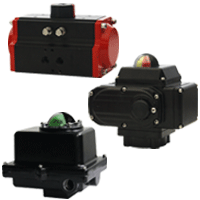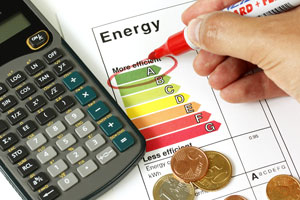
Dwyer Instruments offers a diverse line of 3-way ball valves with a variety of body materials such as brass, stainless steel, and plastic. We also have a variety of end connections to choose from, including: NPT (National Pipe Tapered threads), tri-clamp, flanged, or socket.
What is a 3-way ball valve?
A 3-way ball valve, also known as a multi-port valve, has 3 ports or openings, where one port is common to the other two. This third port offers the fluid an alternate path of travel, which permits the valve to have one inlet and two outlets, or two inlets and one outlet. They also provide simple and economical flow shut-off and direction control in one valve body. Continue reading “What Are 3-Way Ball Valves?”




 What comes to mind when you think of the phrase “energy efficient?” Perhaps you think of LED light bulbs, electric cars, Energy Star appliances, or LEED-certified buildings. But energy efficiency isn’t limited to “green” products or certifications.
What comes to mind when you think of the phrase “energy efficient?” Perhaps you think of LED light bulbs, electric cars, Energy Star appliances, or LEED-certified buildings. But energy efficiency isn’t limited to “green” products or certifications. 
 Electrostatic discharge (ESD) is a unique phenomenon that can be seen in everyday life. The effects of ESD can be seen by rubbing a balloon on your head, resulting in your hair sticking to the balloon, or by touching a doorknob or a pet in a dry building and receiving a static shock.
Electrostatic discharge (ESD) is a unique phenomenon that can be seen in everyday life. The effects of ESD can be seen by rubbing a balloon on your head, resulting in your hair sticking to the balloon, or by touching a doorknob or a pet in a dry building and receiving a static shock.